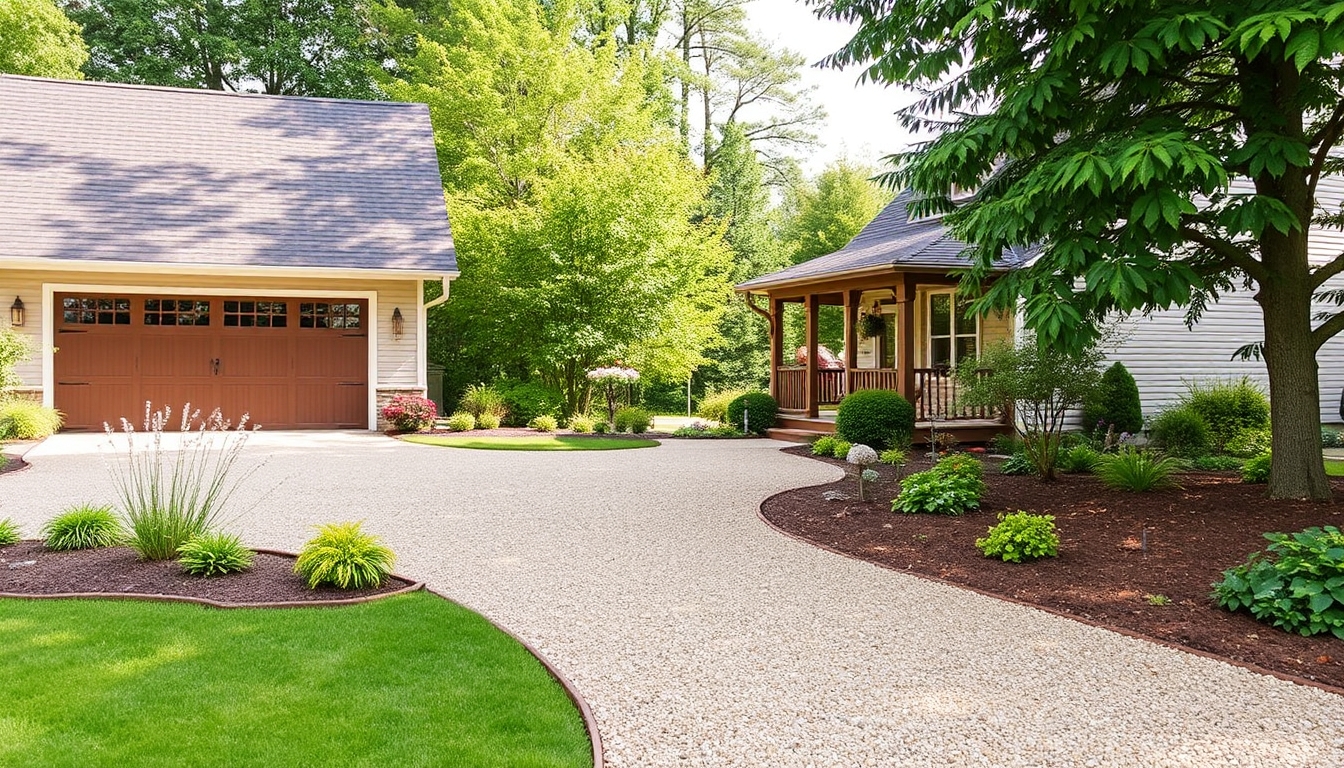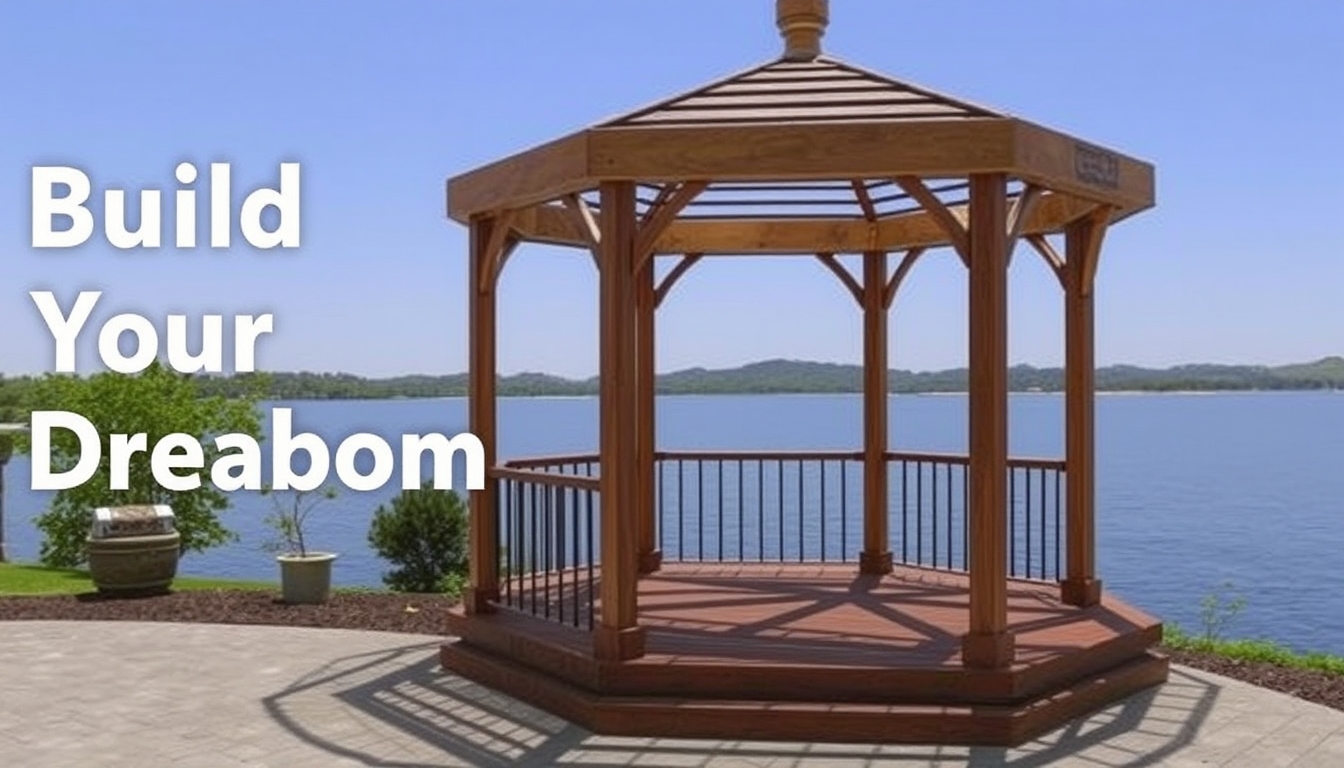Are you tired of struggling to find a safe and convenient place to park your bike while performing maintenance tasks? Look no further – a DIY bike stand is the perfect solution for you! In this article, we will guide you through the process of creating your own bike stand, providing you with an effortless and cost-effective way to keep your bicycle in top shape. Whether you’re a cycling enthusiast or simply looking to save some money on repairs, this step-by-step guide will empower you to take control of your bike maintenance. Let’s dive in and discover the benefits of having your very own DIY bike stand!
Why You Need a DIY Bike Stand
When it comes to bike maintenance, having a reliable stand is essential. Here are the reasons why investing your time and effort in creating a DIY bike stand is a game-changer:
1. Stability and Safety
A DIY bike stand provides a stable and secure platform for your bicycle. By elevating it off the ground, you can perform various maintenance tasks without worrying about the bike toppling over. This ensures your own safety as well as the protection of your valuable two-wheeler.
2. Convenience and Accessibility
With a DIY bike stand, you have easy access to every part of your bicycle. Whether you need to adjust the gears, change a flat tire, or clean the chain, the stand holds your bike in place, allowing you to work comfortably and efficiently. No more awkward angles or balancing acts!
3. Cost-Effective Solution
Professional bike stands can be quite expensive, especially for occasional riders or those on a budget. By building your own stand, you save money without compromising on quality. Plus, you have the freedom to customize it to suit your specific needs and preferences.
4. Versatility
A DIY bike stand can be designed to accommodate different types and sizes of bicycles. Whether you have a road bike, mountain bike, or a hybrid, you can adjust the stand accordingly to ensure a perfect fit. This versatility makes it an excellent option for households with multiple bikes.
5. Learning Experience
Building a DIY bike stand is not only practical but also a great learning experience. It allows you to gain knowledge about the mechanics of your bicycle, understand how it functions, and develop valuable skills to perform basic repairs and maintenance tasks. It’s a rewarding process that enhances your connection with your bike.
Now that you understand the numerous benefits of having a DIY bike stand, it’s time to roll up your sleeves and get started on building your very own. In the next section, we will guide you step by step through the process, ensuring that you have all the necessary information and tools to create a sturdy and reliable bike stand.
Building Your DIY Bike Stand: Step-by-Step Guide
Now that you’re eager to create your own DIY bike stand, let’s dive into the step-by-step process. Follow these instructions carefully, and soon you’ll have a sturdy and functional bike stand ready for use:
1. Gather the Materials
Start by collecting all the necessary materials. You’ll need:
- 2×4 wooden boards
- Screws
- Drill
- Saw
- Tape measure
- Sandpaper
2. Measure and Cut the Wooden Boards
Using a tape measure, carefully measure and mark the desired length for your bike stand. Remember to account for the height and width of your bike. Once marked, use a saw to cut the wooden boards according to your measurements.
3. Sand the Edges
To ensure a smooth finish and prevent any splinters, use sandpaper to sand down the edges of the cut wooden boards.
4. Assemble the Main Frame
Lay the wooden boards on a flat surface, aligning them to form a rectangular shape. Use your drill and screws to secure the corners of the frame firmly.
5. Create the Bike Support
Measure and mark the height at which you want your bike to be supported. Attach two additional wooden boards vertically inside the frame to act as bike supports. Make sure they are evenly spaced and secure them with screws.
6. Test the Stability
Before considering your DIY bike stand complete, it’s crucial to test its stability. Place your bike on the stand and ensure that it can support the weight and remain steady. Make any necessary adjustments or reinforcements if needed.
With the completion of these steps, you now have your very own DIY bike stand! It’s time to put it to use and enjoy the convenience and ease it provides for your bike maintenance tasks. Stay tuned for more helpful tips on bike care and maintenance in our upcoming articles!
Tips for Using Your DIY Bike Stand Effectively
Now that you have successfully built your DIY bike stand, here are some tips to help you make the most out of its functionality:
1. Find a Stable Surface
Ensure that you place your bike stand on a stable and level surface. This will prevent any wobbling or instability while working on your bike.
2. Secure Your Bike Properly
When using the stand, make sure to secure your bike firmly to prevent any accidental slips or falls. Use straps or bungee cords to hold the bike in place, especially when performing tasks that require significant force or pressure.
3. Adjust the Height and Angle
Experiment with different height and angle adjustments on your bike stand to find the most comfortable and accessible position for your maintenance tasks. This will vary depending on the specific repair or adjustment you need to make.
4. Maximize Storage Space
Take advantage of the bike stand as a storage solution as well. When not in use, you can hang your helmet, tools, or other bike accessories on the stand to keep them organized and easily accessible.
5. Maintain and Clean Your Bike Stand
Just like your bike, your DIY bike stand also requires regular maintenance. Clean it regularly to remove any dirt or debris that may accumulate. Additionally, inspect the screws and connections periodically to ensure they remain tight and secure.
6. Share the Knowledge
If you found building and using your DIY bike stand to be a rewarding experience, consider sharing your knowledge with others. Help fellow cycling enthusiasts by providing instructions, tips, and guidance on building their own bike stands.
By following these tips, you can optimize your DIY bike stand’s functionality and enjoy a seamless and efficient bike maintenance experience. Happy riding and maintaining your beloved bicycle!
Conclusion: Embrace the DIY Bike Stand Advantage
Congratulations on completing your DIY bike stand! You now have a practical and cost-effective solution to simplify your bike maintenance routine. Let’s recap the key advantages and takeaways:
1. Affordability and Customization
Building your own bike stand saves you money while allowing you to customize it to fit your bike’s specific needs. You can adapt the dimensions, materials, and features to create the perfect stand for your bicycle.
2. Convenience and Accessibility
A DIY bike stand provides stability and easy access to all parts of your bike, making maintenance tasks more convenient and efficient. No more struggling to balance your bike or risking damage to its components.
3. Learning and Empowerment
By building and using your DIY bike stand, you have gained valuable knowledge about your bicycle’s mechanics, enhancing your understanding and connection with it. You now possess the skills to perform basic repairs and maintenance independently.
4. Safety and Stability
Your DIY bike stand ensures the safety of both you and your bicycle. Its stable structure keeps your bike secure while you work, minimizing the risk of accidents or damage. You can perform tasks with confidence and peace of mind.
5. Share and Inspire
Don’t forget to share your DIY bike stand project with your fellow cycling enthusiasts. Inspire others to embark on their own DIY journey, empowering them to take control of their bike maintenance and repairs.
Now that you have unlocked the benefits of a DIY bike stand, it’s time to put your newfound skills to use. Enjoy the convenience, efficiency, and satisfaction that come with maintaining your bike effortlessly. Remember, with your DIY bike stand, you have the power to keep your two-wheeled companion in top shape. Happy riding and happy DIY-ing!
Additional Resources and Next Steps
Building your DIY bike stand is just the beginning of your journey towards becoming a self-sufficient bike enthusiast. To further enhance your knowledge and skills, here are some additional resources and next steps to consider:
1. Online Tutorials and Videos
Explore online platforms such as YouTube and cycling forums for detailed tutorials and videos on bike maintenance. From basic repairs to advanced techniques, there is a wealth of information available to help you expand your expertise.
2. Bike Maintenance Books
Consider investing in a comprehensive bike maintenance book that covers various aspects of bicycle care, repairs, and maintenance. These resources provide in-depth knowledge and serve as valuable references for any future challenges you may encounter.
3. Local Bike Workshops and Classes
Check if there are any local bike workshops or classes in your area. Attending these sessions can provide hands-on experience, expert guidance, and the opportunity to connect with other bike enthusiasts in your community.
4. Join Cycling Communities
Join online cycling communities or local bike clubs where you can interact with experienced cyclists. These platforms offer a space to ask questions, share experiences, and stay updated on the latest trends and advancements in the cycling world.
5. Regular Maintenance Schedule
Create a regular maintenance schedule for your bike to ensure it remains in optimal condition. Regularly inspect and clean your bike, lubricate the chain, and check for any signs of wear or damage. This proactive approach will extend the lifespan of your bike and enhance your riding experience.
By utilizing these additional resources and taking the next steps, you will continue to expand your knowledge and skills in bike maintenance. Remember, the journey towards becoming a proficient bike enthusiast is ongoing, and there is always more to learn. Enjoy the process, embrace the challenges, and keep pedaling towards your cycling goals!
FAQs: Addressing Common Questions About DIY Bike Stands
Here are answers to some frequently asked questions about DIY bike stands:
1. Can I build a DIY bike stand if I’m not experienced in woodworking?
Absolutely! Building a DIY bike stand doesn’t require advanced woodworking skills. The design is simple, and with the right tools and materials, anyone can successfully create their own stand.
2. How much will it cost to build a DIY bike stand?
The cost of building a DIY bike stand will vary depending on the materials you choose and the tools you already have. On average, you can expect to spend around $20 to $50. Keep in mind that building your own stand is still significantly cheaper than purchasing a pre-made one.
3. Can I use different materials for the DIY bike stand?
Absolutely! While the most common material for a DIY bike stand is wood, you can explore other options such as metal or PVC pipes. Just ensure that the materials you choose provide sufficient stability and durability for your bike.
4. How long does it take to build a DIY bike stand?
The time required to build a DIY bike stand will depend on your skill level and the complexity of the design you choose. On average, it can take anywhere from 1 to 3 hours. However, take your time, follow the instructions carefully, and enjoy the process.
5. Can I modify the design of the DIY bike stand?
Absolutely! Feel free to modify the design of the DIY bike stand to suit your specific needs and preferences. You can adjust the dimensions, add extra features, or customize it in any way that enhances its functionality for you.
6. Are DIY bike stands suitable for all types of bicycles?
Yes, DIY bike stands can be adapted to accommodate different types and sizes of bicycles. Whether you have a road bike, mountain bike, or a hybrid, you can adjust the stand accordingly to ensure a perfect fit.
We hope these FAQs have addressed some of the common questions you may have had about DIY bike stands. If you have any more inquiries, feel free to reach out to us or consult our other informative articles on bike maintenance and DIY projects. Happy building and happy cycling!
Final Thoughts: Embrace the DIY Mindset for Bike Maintenance
Building and using a DIY bike stand is not only a practical solution but also an opportunity to develop a deeper understanding and connection with your bicycle. By taking control of your bike maintenance, you become more self-reliant and empowered as a cyclist. Here are some final thoughts to keep in mind:
1. Embrace the Learning Process
Embrace the learning process that comes with maintaining your bike. Each repair, adjustment, or cleaning session is an opportunity to expand your knowledge and skills. Don’t be afraid to try new techniques and experiment with different approaches.
2. Maintain Regularly, Ride Confidently
Regular maintenance is key to keeping your bike in optimal condition. By following a consistent maintenance routine, you can ride with confidence, knowing that your bike is in excellent shape and performing at its best.
3. Connect with the Cycling Community
Connect with other cyclists and join the vibrant cycling community. Share your experiences, seek advice, and learn from others. Engaging with like-minded individuals can inspire you and provide valuable insights into bike maintenance and beyond.
4. Spread the DIY Spirit
Share your DIY bike stand project and encourage others to adopt a DIY mindset. By promoting self-sufficiency and knowledge-sharing, we can collectively contribute to a more empowered and sustainable cycling community.
5. Enjoy the Ride
Ultimately, remember to enjoy the ride. Whether you’re on the road, trail, or working on your bike stand, cycling is a joyful and fulfilling experience. Embrace the DIY spirit as a means to enhance your enjoyment and appreciation for this incredible sport.
We hope this comprehensive guide has inspired you to embark on your DIY bike stand journey. Remember, building a DIY bike stand is just the beginning of a rewarding and fulfilling journey towards greater independence and mastery of your bike maintenance. Happy riding and happy DIY-ing!
Take Action and Build Your DIY Bike Stand Today!
Now that you have all the information and resources you need, it’s time to take action and start building your very own DIY bike stand. Here’s a quick summary of the steps to get you started:
1. Gather the Materials
Collect the necessary materials, including wooden boards, screws, a drill, saw, tape measure, and sandpaper.
2. Measure and Cut the Wooden Boards
Measure and mark the desired dimensions for your bike stand, then use a saw to cut the wooden boards accordingly.
3. Sand the Edges
Use sandpaper to smooth down the edges of the wooden boards, ensuring a clean and splinter-free finish.
4. Assemble the Main Frame
Lay the wooden boards down and secure the corners to create a sturdy rectangular frame using screws and a drill.
5. Create the Bike Support
Measure and mark the desired height, then attach two additional wooden boards vertically inside the frame as bike supports, securing them with screws.
6. Test the Stability
Place your bike on the stand and ensure that it remains stable and secure. Make any necessary adjustments or reinforcements to ensure optimal stability.
By following these steps, you will have a functional DIY bike stand that will revolutionize your bike maintenance experience. Remember, building your own stand is not only cost-effective but also empowers you to take control of your bike care and develop valuable skills along the way.
So, what are you waiting for? Gather your materials, set aside some time, and embark on this exciting DIY project. Your bike will thank you, and you’ll enjoy the satisfaction and convenience of having your very own DIY bike stand. Happy building!
In conclusion, building a DIY bike stand is a rewarding and practical endeavor. It provides stability, convenience, and cost-effectiveness for your bike maintenance needs. By taking the time to construct your own stand, you not only save money but also gain valuable knowledge and skills in bike care and repairs.
Throughout this comprehensive guide, we have explored the benefits of DIY bike stands, provided step-by-step instructions, addressed common questions, and offered additional resources to further enhance your bike maintenance journey. Remember to embrace the DIY mindset, connect with the cycling community, and enjoy the process of maintaining your beloved bicycle.
So, what are you waiting for? It’s time to gather your materials, follow the instructions, and build your very own DIY bike stand. Take control of your bike maintenance, ride with confidence, and experience the joy of a well-maintained bicycle. Happy building and happy cycling!





